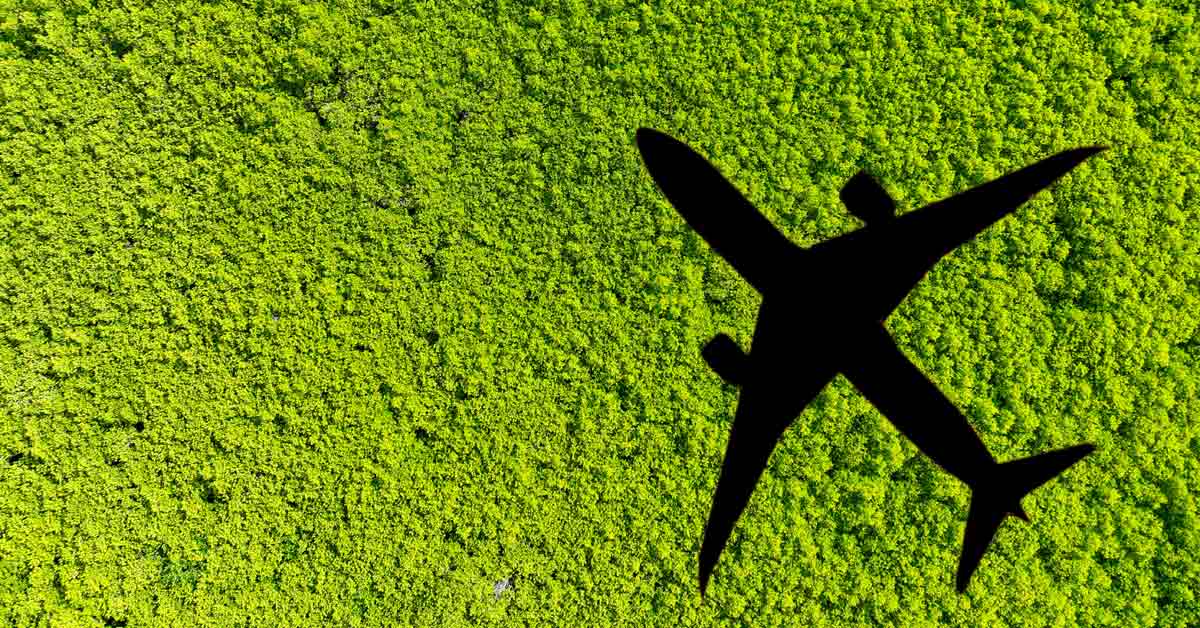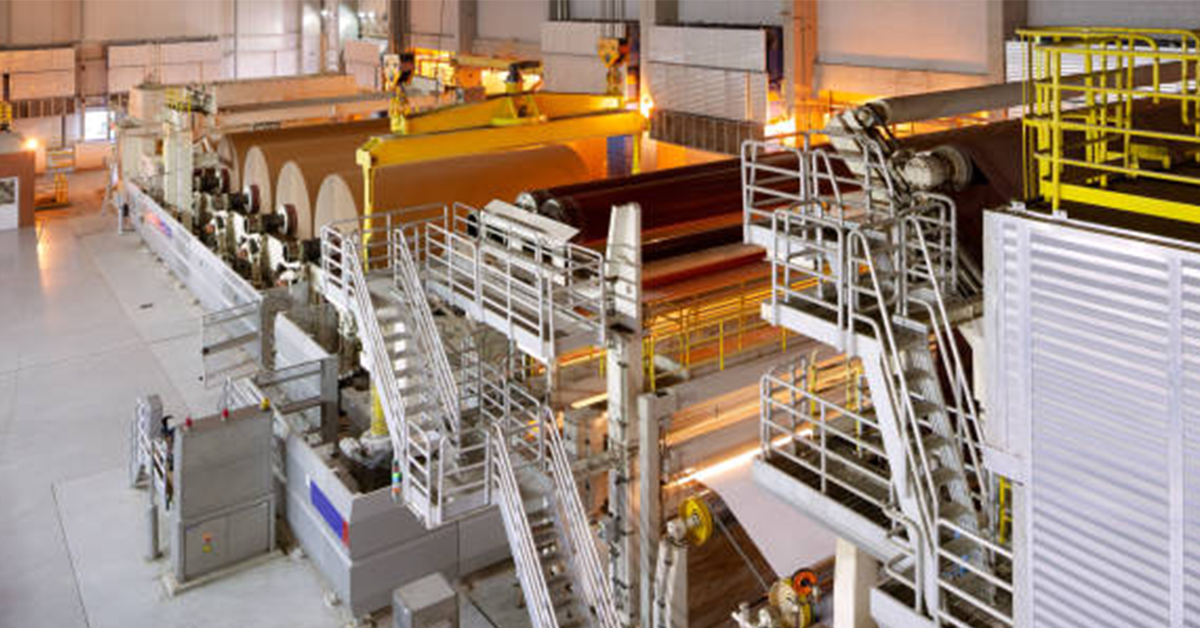8 min read
Exploring Solvents and Adhesives in a World Fixated with Disassembly
 Jane Denny
:
May 29, 2024 12:00:00 AM
Jane Denny
:
May 29, 2024 12:00:00 AM

Thousands of years ago—it is thought—Neanderthals used birch bark tree tar (Betula) for primitive dentistry applications. Last year, it was discovered that household superglue had been used to fix a nuclear submarine reactor chamber leak.
Though the concept of intellectual progress is becoming increasingly subjective, adhesion's criticality to human endeavor endures. In fact, glues, solvents, and adhesives are essential to life.
The US-based Adhesives and Sealants Council currently estimates it as a $22 billion industry in North America. Globally, it was thought to be worth EUR50 billion by the Association of the European Adhesive & Sealant Industry in 2020. And again, at whatever point the industry sector's value actually sits, sealants are key to building and construction markets, assembly operations, and transport applications.
History of Binding Poised for Disruption
Just as light-weighting considerations set off sealants' displacement of welding as a joining technique, ongoing reflection may unfasten glue's grip on a wide range of applications. As the raw materials for manufacturing materials and binders in modern products evolve, how will the adhesives, sealants, and solvents sectors manage expectations?
What will decarbonization and our net zero future mean to an industry in which petroleum's propensity to bond and bind has been so valued?
How will petroleum-based glue's non-degradability fit in a 21st-century world? A world, that is, which needs adhesives to give way so goods can be dismantled at a product's end-of-life.
With less than 40% of electronic waste recycled in the EU, legislation to make electronics easier to dismantle and repair will be in place from 2027.
EU Circular Economy Action Plan (CEAP)
According to research undertaken as part of the trading block’s Circular Economy Action Plan, less than 40% of electronic waste is recycled in the European Union. To improve the situation, legislation was passed this year. From 2027, all electronics sold in the trading block must have readily removable and replaceable batteries.

Mobile phones use lots of adhesives. They are used to bond components, including the glass display window, camera lens, battery, keypad, and switch components in the membrane.
Add the adhesives used to assemble the circuit board itself, potting compound, coatings, and conductive epoxies, and you have a lot of glue. As mobile manufacturers weigh up the benefits of reverting back to traditional fixings such as screws, the adhesives sector is poised for change. Could reversible glues for mobiles and electricals be key to saving that massive adhesive end market?
A Cabinetmakers Craftwork
Glues have been combined with materials like wood for millennia. Plywood, for example, is preserved in ancient Egyptian tombs. Mummification glue was animal-based and made of collagen sourced from bones and hides.
Bone glue later formed a key product in the expert cabinetmaker's toolbox. The bone was ground into powder before being boiled in hot water, which was evaporated and dried into a hard jelly.
FACTFILE
Fortified with adhesive, plywood can prove stronger than steel. It also solves woodworking's most critical problem: Humidity changes that cause virgin wood products to expand and contract.
While the technique for creating plywood products may have endured, the sticking matter used has—and will—continually evolve.
Today, the most commonly used softwoods for manufacturing plywood are firs and pines. For hardwood plywood applications, trees such as oak, poplar, maple, cherry, and larch are chosen.
Dovetailing techniques using bone glue were employed by both 18th and 19th century high-end furniture makers. And plywood underpins the mid-20th century Scandinavian designers that crafted the curvy designs we collect and admire today. Its crisscross arrangement creates a more stable product than a raw material wood product can.
How Plywood Methodology Moved On
It was plywood’s sculptural malleability that attracted interest from the Danish design community. Much of the collectable furniture from that era decorating homes today comprises a urea–formaldehyde (UF) composite glue. Traditionally, that was the glue used for bonding the bi-directional stacks of wood veneer in those sought-after pieces.
The similarities in Stora Enso's collaboration with Latvijas Finieris to Neanderthal man's birch tree bark tar glue solution suggests humanity is regressing to progress.
Today, however, the Latvia-based birch plywood products producer Latvijas Finieris uses a biobased glue. Reminiscent of the Neanderthal’s birch tree bark tar, harnessing nature's glues feels like humanity is regressing in the name of progress.
The new glue’s co-developer—Finland’s forest products and renewable materials company Stora Enso—explains how it replaced fossil-based phenols with lignin. Using the branching material that holds plants together reduces the product’s potential environmental impact by up to 49% compared to traditional materials, says the partnership.
New Glues for Today and Tomorrow...
Canada-based EcoSynthetix uses proteins and starches as raw materials in its binders and engineered biopolymers. Targeting wood composites and paper and packaging markets, they reduce reliance on formaldehyde and styrene-based chemicals.
And there's no lack of research into more sustainable alternatives to petroleum-based adhesives, sealants and solvents. Last year researchers at New York's Syracuse University revealed mycelium's natural adhesion in wood composite applications.

Source: Aurélien Adoue CC BY 2.0
And earlier this year, a study published in Nature journal pitched chitosan and biobased epoxy resins as promising alternatives for traditional UF adhesives in engineered wood products. The research team used sugars from the outer skeleton of shellfish in the innovation.
Aviation Innovation
In the early days of aviation innovation, a plywood composite was the go-to material. Even the World War II allied bomber aircraft Mosquito—considered one of the fastest operational aircraft in the world at that time—was largely built using plywood and spruce. The plane was dubbed the 'wooden wonder.'
Its assembly adhesive included casein, a milk substance with properties that were sometimes improved using glycerine. At a later stage, this was replaced by a synthetic glue consisting of urea and formaldehyde, which was considered more durable.

Source: Imperial War Museums via Creative Commons
It isn’t that plywood-based planes are not built today. French company, Robin Aircraft has built aviation aircraft using wood since 1957. The entire plane’s structure, the wings—weighing in 100 kg each—fuselage, tail, and horizontal stabilizer of a flagship model that Robin builds are made of plywood. The woods include birch, Oregon pine and European spruce. One wing weighs only 100 kg and takes 250 hours to build.
Before metal and aluminum alloys emerged as more durable, though equally lightweight, solutions for airplane design and manufacturing, all planes were built using wood composites.
Before metal and aluminum alloys emerged as more durable, though equally lightweight, solutions for airplane design and manufacturing, all planes were built using wood composites. Some manufacturers are interested in reintroducing this natural material since it suffers less fatigue than the metals that replaced it.
Epoxy Resins
While the world was still balancing the usefulness of wood-based materials and more malleable metals than traditional steel, a novel class of lightweight materials emerged. Aerospace engineers soon turned their attention to epoxy resin, a new way to fix and fasten things that emerged around the end of World War II.
By combining the adhesion of epoxy resin with high-performance fibers, engineers created new materials called composites. Boeing’s Dreamliner 787 goes some way to demonstrating epoxy materials’ impact on modern life.
Boeing’s jetliner is 80% composite by component volume and 50% composite by weight. The plane’s primary structure comprises a mix of materials, including carbon fiber-reinforced polymer matrix composites. Boeing planes use the 2-component epoxy Araldite adhesive from Huntsman.
Epoxies are widely used in aerospace adhesive applications. Their strength and low density render them suitable honeycomb edge fillers for bonding composites. They also reduce the overall weight of the aerospace craft.
Epoxy resin-based technologies are used in wind turbines but this has prompted concerns around the sustainability the energy source.
Later, the epoxy resin-based technologies that made flight faster and more comfortable (due to their insulation properties) wound up in wind turbines.
Though testament to the material's durability and lightweight properties, the wind turbine use case has prompted concerns about the sustainability of the energy source. What some describe as the world's largest collection of unwanted wind turbine blades, to be found in Sweetwater, West Texas, contextualizes renewable power's waste streams.

The Wind Turbine Conundrum
To reduce the carbon footprint of wind turbine blade manufacturing, National Renewable Energy Laboratory researchers developed a new material designated Pecan.
Unrelated to the hickory drupe (or nut, as more commonly known) used in American pies, Pecan stands for 'polyester covalently adaptable network.' The compound is made from the plant extract sorbitol—a top 12 biomass building block according to a 2004 US Department of the Environment report.
With both US and EU authorities keen to reduce formaldehyde emissions, UF composite adhesives and glues are increasingly marginalized in end products
Today, however, UF composite glues are increasingly marginalized in end products. As far back as 2016, the US Environmental Protection Agency legislated to reduce exposure to formaldehyde emissions.
Meanwhile, in the EU, restrictions will be in place for items that emit formaldehyde above certain levels starting in 2026. Canadian lawmakers have restricted its use and imports for some time.
Adhesives and Glue: Coming Unstuck
As sustainable practice advances, the designs of applications for which glue's bonds have become made ever-more permanent will change, too.
Dismantling products at their end of life is key to a circular economy. The ability to separate consumer goods' distinct parts for recycling and reuse will become more important.
Take the growing focus on the ease of dismantling products at their end of life. Increasingly, the focus is on being able to separate the distinct parts of consumer goods so they can be recycled and reused. In the packaging sector, different types of plastic are often combined in manufacturing processes. It makes recycling them difficult and increases the likelihood of their incineration, which wastes a valuable resource.
Since the onus will be on the industry to overcome this issue, R&D efforts are focused on solutions. German Chemicals company Henkel last month unveiled a water-based acrylic adhesive designed for the olefinic filmic labels used for wash-off from PET bottles. The product has been certified as having no negative effects on the recycling path for transparent PET bottles, a "key enabler for a truly circular economy," says the firm.
And it is perhaps only a matter of time before this premise is rolled out to food packaging and other fast-moving consumer goods.
Due to a lack of biodegradability, synthetic adhesives and packaging coatings are often difficult for recycling plants and machinery to handle. The EU's plastic strategy, however, seeks to combat this obstacle to sustainability. The trade body is legislating for a future in which all plastic packaging is designed to be recyclable or reusable. The date for achieving this goal is 2030.
But it is undoubtable that the plan for the future will involve designing all products—packaging included—in a recycling-friendly way. This is likely to be as key as incorporating recycled content in new products. Sports apparel manufacturer adidas already makes a sneaker that is 100% thermoplastic polyurethane (TPU) so that it can be recycled entirely.

Source: adidas
The FutureCraft running shoe’s thermoplastic polymer TPU can, therefore, be collected, sorted, ground, washed, fused, and pelletized for resale.
Were the original trainer to feature polyester components, these would have to be removed (so too would any adhesive used) before the end-of-life item could begin the recycle process. Shoemaker Clarks produced a five-piece suede sneaker—Origin—without glue. Instead, a 100% recyclable, monomaterial nylon thread secures its elements in one.
Will these solutions disrupt PU adhesives markets in footwear applications? Are aromatic liquid PU resin producers braced for the changes?
Unsticking Sticking Materials
A research team at the UK's University of Newcastle recently developed a water-based glue that robustly adheres in a neutral pH range and detaches in acidic or alkaline environments. Pitched as an electrostatic reversible adhesion, the team published a scientific paper on the innovation in the scientific journal Angewandte Chemie.
The team copolymerized the petrochemicals styrene and butyl acrylate—chemical subsectors followed by the ResourceWise team—to produce a surfactant capable of the reversal. It was further demonstrated that an epoxidized soybean oil acrylate—newly added to OrbiChem360 this month—can substitute the styrene.
Petroleum-based adhesives, glues and solvents are most commonly used today but net zero demands we reduce, reuse and recycle consumer goods so things will have to change.
Moves like this could precipitate a sticky situation for the manufacturers of glues and adhesives and the value chains that serve them. Petroleum-based adhesives, glues, and solvents are currently the most commonly used. But as manufacturers pitch their products to a world eager to reduce, reuse, and recycle consumer goods, the landscape is sure to change.
Today, how future generations will fuse and connect items together appropriately is unknown. It could be the lignin that forms the structure of plants and trees that makes the glues of tomorrow… Perhaps it will be mycelium or a resource humans have not yet imagined, researched, or commercialized.
However, it is undoubtable that the future of adhesion promises to be as full of innovation and imagination as its history has been.




